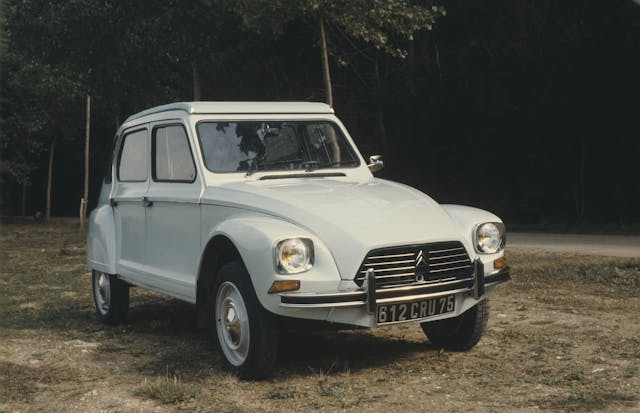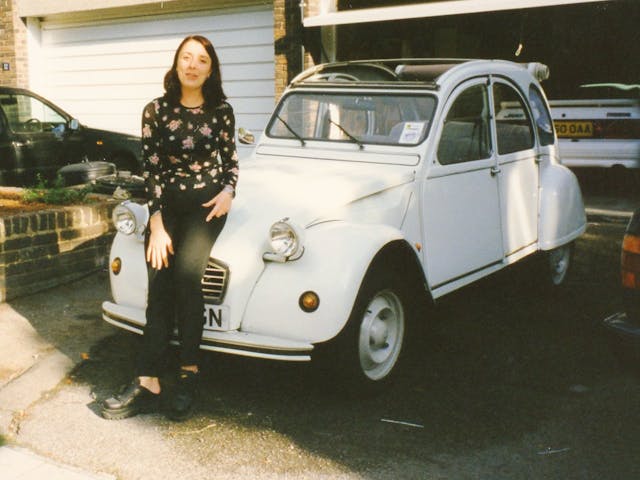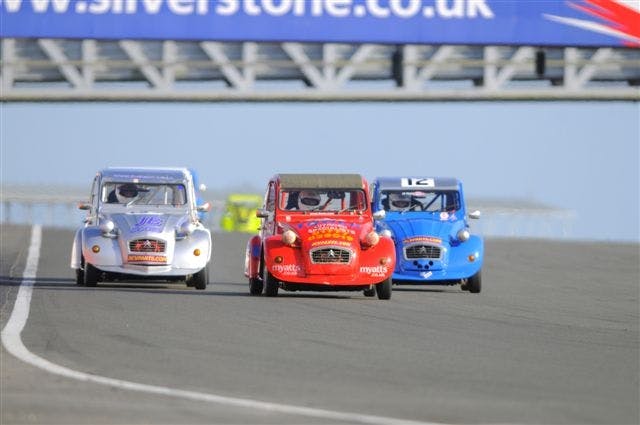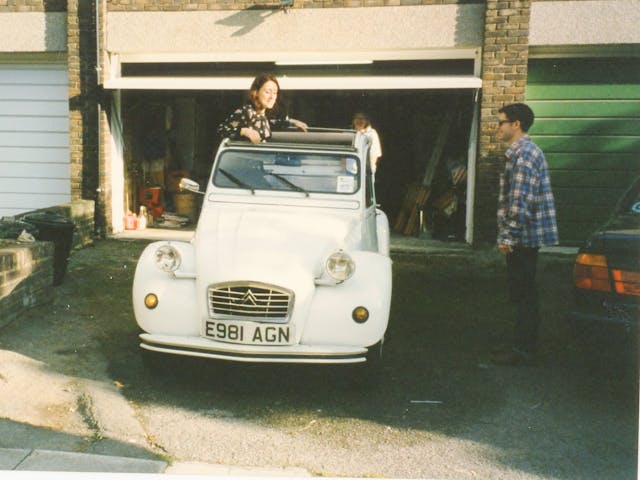Tin Snail Diaries: Citroën’s 2CV has a special place in my heart
While writing about the 75th anniversary of the Citroën 2CV, it dawned on me that my personal history with the Deux Chevaux goes back almost as far as I can remember. From pre-teens and into my twenties and thirties, I had a series of unforgettable experiences in this fabulous French machine, as my Tin Snail Diaries demonstrate.

1980-something: Early memories
My godmother was a force of nature. I still have flashbacks to being driven in her pale blue Dyane on the streets of London. We would sail through red lights as she delivered non-stop chatter, often turning fully round in her seat to make sure that I’d heard. My eyes fixed on the road ahead, I braced for an imminent impact that somehow never came.
Renée drove with a terrifying combination of great skill and a total disregard for everyone else on the road. She was a Deux Chevaux dominatrix who mastered the car’s unusual umbrella-like gear selector and hustled it through corners at exaggerated angles. She would shrug off the great fanfare of horns that accompanied every journey and then, instead of actually parking, she would abandon the Dyane near her destination. Never once did she lock it.
Perhaps that’s because her previous 2CV-derivative was a Mehari which didn’t even have doors to lock. It was maneuvering the Mehari on the mountainous roads of the Canary Islands, where she had a restaurant, an environ that surely honed her abilities behind the wheel.
It was a sad day when failing eyesight forced Renée to stop driving, although the other road users of London may have felt differently.

1995: Love and death
It was quite the romantic gesture, even if I do say so myself. For my girlfriend Rachel’s 25th birthday I bought her a 1987 2CV6.
OK, so perhaps it wasn’t completely selfless: At the time, my other car was a motorbike, and autumn was fast approaching.
Rachel christened E981 AGN as Agnès and was soon crisscrossing London for work and play in all weathers. In everything but the worst conditions she would drive with the roof open, perhaps imagining herself in Paris rather than Purley.
Almost nothing could stop Rachel and Agnès. A busted starter motor simply meant a push start or parking on a hill. In the depths of winter, with a special plastic shield fitted over the grille, the little motor would put enough heat to keep the cabin quite toasty.
Unfortunately, the pipes that feed said hot air into the cabin of a 2CV are made from cardboard and it was one of these that ended Rachel’s roadgoing romance. She was driving some girlfriends to a convention when sparks began to fly from the front wing. Wisely pulling over and getting everyone safely onto the hard shoulder, she noticed thick black smoke. Flames engulfed the car, and poor Agnès was cremated on the spot.
1996: A balancing act
David James was passenger alongside Steve Webster as they took three back-to-back World Sidecar Championships between 1997 and 1999. His job was to fling his body around and counterbalance the cornering forces of the three-wheeled machine at mind-boggling speeds.
As it happened he was friends with a pal of mine and one day they were all out in his dad’s 2CV. Rattling along at a fair old lick, my friend’s dad chucked the car into a corner without so much as a lift of the throttle. James instinctively opened the passenger door and leaned out, ensuring they sped through unscathed.

2001: A racy return
Unlikely as it seems, the 2CV makes a brilliant budget race car. In 2001, along with three colleagues from Top Gear Magazine, I headed to Ireland for the Vingt-Qautre Heures du Mondello, a 24-hour endurance race open only to the Deux Chevaux. With a roll cage, lowered, stiffened suspension, and little else in the way of modification allowed, a 2CV was probably the cheapest way to go racing in the U.K. at the time.
We qualified right in the middle of the 33-car grid and, fairly soon, found ourselves running just outside the top ten. The cars were obviously not fast, but the racing was tight. Bump drafting and turning lights off on the straights at night to reduce the drain on the alternator were just some of the tactics required to keep up with the experienced leaders.
Our car ran faultlessly, though many others required late-night engine swaps or major rebuilds. I drove for a total of around eight hours including the final stint, crossing the line in eighth place, and securing a “best novice” trophy. It was only over a pint of Guinness that the team told me that a front hub was essentially sheared off and probably wouldn’t have lasted even one more lap.
It’s been more than 20 years since I took the checkered flag and that was the last time I drove a 2CV. I’ve noticed a rather nice 1985 example street parked around the corner from where I live. I wonder how much they’d want for it?
***
Check out the Hagerty Media homepage so you don’t miss a single story, or better yet, bookmark it. To get our best stories delivered right to your inbox, subscribe to our newsletters.



I used to be enamored of French cars. I had every kind of Citroen, from 2CV to SM, and a bunch of Peugeots as well.
Then I sobered up.
I had a ‘59 Peugeot 403 (sort of inherited it), kind of an odd car, but the thing always got me to my destination. Can’t say the same for the MGA that preceded it or the BMW 2002 that followed. French cars are…interesting.
French cars seem to be engineered on another planet, but once you’re used to the quirks it all makes sense. Mostly. A 2CV has much more “character” but I once “rescued” a Peugeot 505 Turbo Diesel FROM a junkyard, it was a great experience with a great car.
I once replaced the diesel engine in a 505 with a Ford V8, 5 liter. Made a nice fast car, faster than BMW 5 series of the time.
+
A 2CV racing and being competitive is something I would have liked to see.
Your comment is awaiting moderation.
I’ve always wanted a deux cheveux because my three-cylinder, two-stroke SAAB is relatively overpowered and not quirky enough.